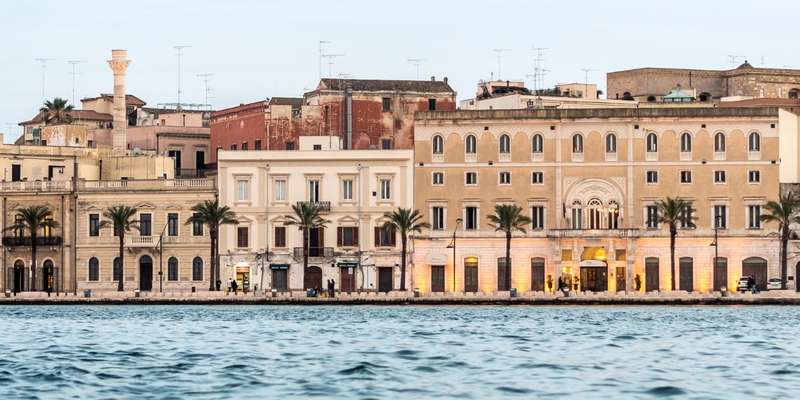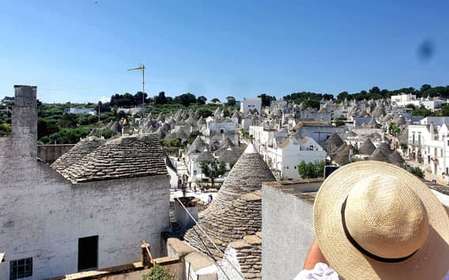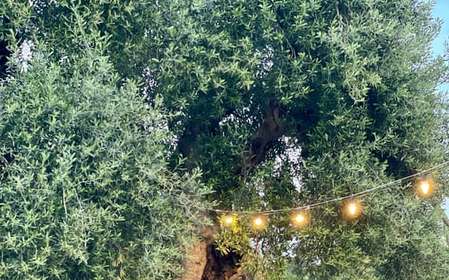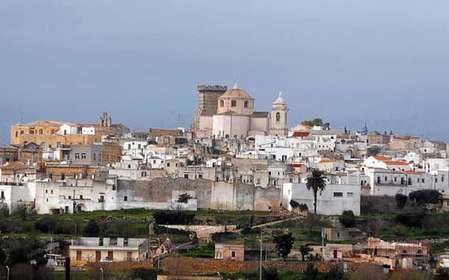- Home
- Useful Tips
- Easiest way to visit Brindisi's...
Exploring Brindisi's neighboring towns presents a common dilemma for travelers – how to experience authentic Puglia without wasting precious vacation time on logistics. Over 68% of visitors to this Adriatic port city want to venture beyond its boundaries, yet nearly half abandon plans due to confusing transport options and fear of missing hidden treasures. The stress of navigating unfamiliar roads, deciphering regional timetables, and choosing between countless charming villages can overshadow the joy of discovery. Meanwhile, those who stay solely in Brindisi often leave wondering about the whitewashed hilltop towns and turquoise coves they glimpsed from afar. This tension between wanderlust and practicality defines the Puglian travel experience, where breathtaking destinations lie just beyond reach for those lacking local knowledge.


Decoding Brindisi's transport maze – which option suits your travel style?
Navigating Brindisi's transport network requires understanding three distinct approaches, each with trade-offs. The regional FSE trains offer budget-friendly access to Lecce and Ostuni, with fares under €5, but infrequent services mean you'll sacrifice flexibility. Local buses reach smaller towns like Carovigno but demand patience – timetables follow school schedules rather than tourist needs. For coastal gems like Torre Guaceto, summer-only services operate just a few daily trips. Many visitors don't realize that Brindisi's port area hides a crucial advantage: several major car rental agencies maintain offices just steps from cruise terminals, offering manual transmission vehicles at rates 30% lower than city-center counterparts. Those hesitant to drive should note that Puglia's backroads prove less intimidating than imagined – wide lanes and minimal traffic characterize most routes to nearby attractions.
Curating your perfect day trip – matching destinations to your interests
The secret to successful Brindisi excursions lies in strategic pairing – combining towns that complement rather than compete. History enthusiasts should target the Baroque triangle of Lecce, Galatina, and Nardò, where 15th-century churches cluster within 30 minutes' drive. Food pilgrims will find their Mecca along the Itria Valley route connecting Cisternino's butcher shops, Locorotondo's cantinas, and Martina Franca's cheese caves. Few tourists realize that Alberobello's iconic trulli houses have equally charming (and crowd-free) counterparts in the lesser-known villages of Locorotondo and Ceglie Messapica. For beach hoppers, the Adriatic coastline between Brindisi and Bari conceals sandy coves like Torre Canne, where lidos charge half the price of more famous Gargano resorts. Timing matters profoundly – visiting Ostuni at midday means battling cruise crowds, while arriving by 9am rewards you with the spectacle of morning light illuminating its whitewashed walls.
Local hacks for stress-free exploration – beyond guidebook advice
Pugliese residents have perfected day trip efficiencies that most visitors never discover. The savvy traveler's secret weapon? The 'trenino' service – small private trains connecting Brindisi to coastal areas like Punta Penne that don't appear on mainstream transport maps. Another insider tactic involves targeting midweek markets: Tuesday in Francavilla Fontana or Friday in Mesagne transforms these towns into vibrant hubs while avoiding weekend crowds. Few guidebooks mention the 'caffè sospeso' tradition – leaving a paid coffee at bars for future travelers – which still thrives in Brindisi's neighboring villages. For those venturing independently, the Pro Loco (local tourism) offices in smaller towns often provide free maps highlighting walking routes to panoramic viewpoints and artisan workshops. Perhaps the most valuable local insight concerns pacing – attempting more than two major stops drains the magic from Puglia's slow-living philosophy, something hurried tourists frequently regret.
When to splurge on guided tours – and when DIY works better
Certain Brindisi-area experiences justify professional guidance, while others shine through independent exploration. The intricate history of Messapian ruins near Ceglie Messapica or Vaste comes alive with archaeologists-turned-guides, available through specialized tour operators. Similarly, olive oil tastings at masserias (farm estates) often require advance booking that organized tours handle seamlessly. However, the freedom to linger in Lecce's papier-mâché workshops or follow spontaneous aromas of freshly baked focaccia in Oria's alleys often outweighs structured itineraries. A balanced approach works best: join a morning wine tour through Salento's vineyards, then keep the rental car to explore nearby Specchia at your own pace. Many visitors find that splitting their time between two carefully chosen guided experiences and three self-directed adventures creates the ideal Puglian rhythm – structured enough for deep learning, flexible enough for serendipitous discoveries.



